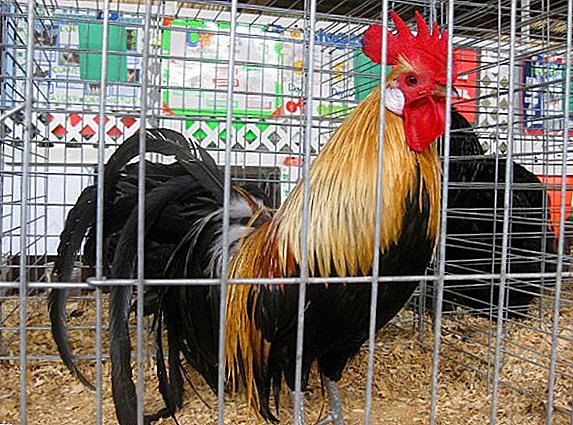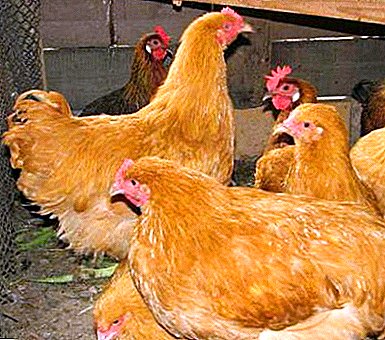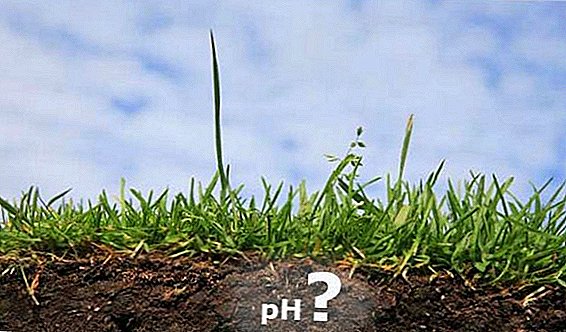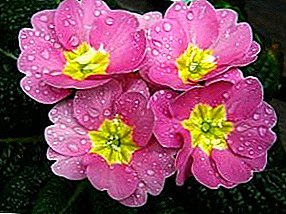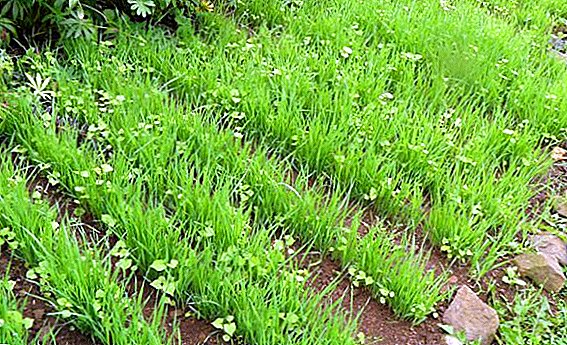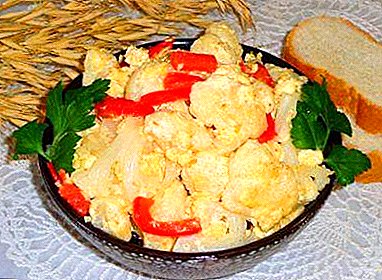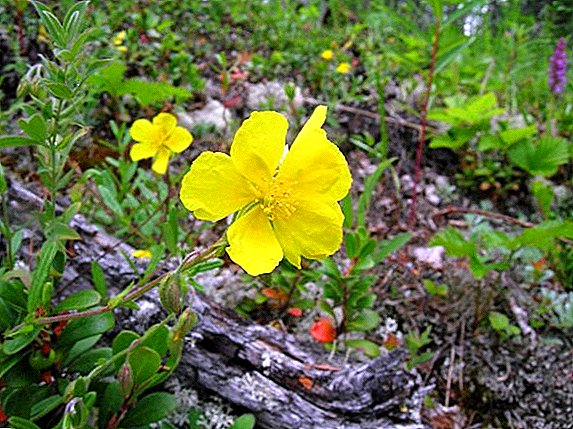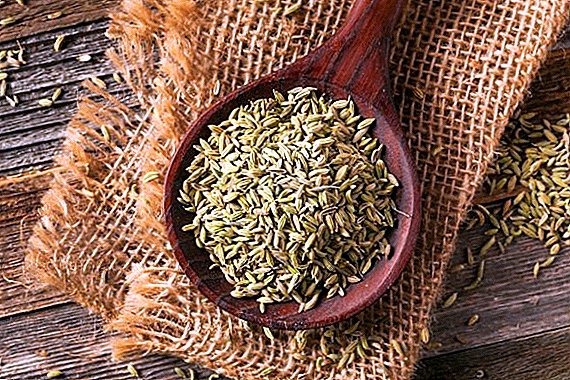 Anise - a well-known seasoning, which is used not only in cooking. The plant has a healing effect on many systems of the body, with the result that its seeds have long been used by traditional healers in the treatment of various ailments in children and adults.
Anise - a well-known seasoning, which is used not only in cooking. The plant has a healing effect on many systems of the body, with the result that its seeds have long been used by traditional healers in the treatment of various ailments in children and adults.
Botanical characteristic of anise
Anise is also called a grain seed, anise-bed and anise-dove anise. Under natural conditions, the plant grows exclusively in the open spaces of the Eastern Mediterranean, the Balkan Peninsula and Turkey. Artificially cultivated plant in southern Europe, in the Asian region and the Russian Volga region.
The following botanical characteristics of the culture are available: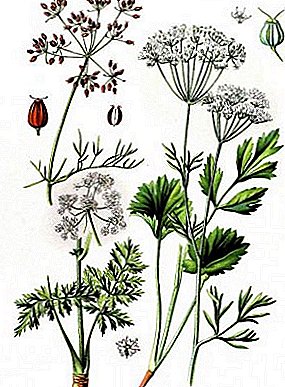
- plant - annual, grows up to 45-60 cm upwards;
- the trunk is thin and erect, rounded, strongly branched at the top;
- foliage of dark green shades, has a solid or lobed structure and soft texture;
- culture blooms in the first half of summer with very small, inconspicuous flowers in the form of large, spreading umbrellas;
- grayish-green fruit, heart-ovate, in which there are two pale brown seeds with stripes; they are formed at the very end of summer or at the beginning of autumn; have a spicy aroma and sweet taste; 3 mm long and 1 mm wide;
- the root of the plant is spindly, thin, in the form of a rod.
Chemical composition
In the spice there is a rich composition of nutrients (per 100 g of raw material):
| Nutrient | amount |
| Calories | 338 kcal |
| Squirrels | 17.7 g |
| Fat | 15.8 g |
| Carbohydrates | 35.4 g |
| Food fibers | 14.5 g |
| Saturated fatty acids | 0.588 g |
Also present are fatty and essential oils, vitamins - C, groups B, A, PP. In large quantities there are micro and macronutrients and organic acids.
Important! When buying anise for drugs and for culinary purposes, pay attention to the color and smell of its fruits - high-quality raw materials should have a pale brown color and a strong spicy smell.
Useful properties and harm
The beneficial effect of anise on health is its ability to protect against various colds, problems with the respiratory system in both children and adults, as well as from intestinal colic in infants.

For kids
Many parents are interested in the age at which anise can be used in the treatment of childhood diseases. Experts in pediatrics claim that anise or anise tea can be given to children from an early age.
Did you know? Since ancient times, anise has been a popular spice among the Greeks and Romans, who, apart from eating it, attributed to it miraculous properties - the ability to chase nightmares, poor dreams and melancholic mood, tying bunches of plants at the head of the bed.
Different periods of a child’s life during which anise can be consumed:
- For the first time, a child can receive drugs based on bread seed in the first year of life (in the seventh month), when he is tormented by intestinal colic and bloating. At the same time you should know that at this age, these drugs are given in low concentration. In the first year of life, the spice is not brewed with boiling water, but poured with slightly cooled boiled water, infused longer, and watered with it 2-3 times a day between feedings. Also, this infusion is used to normalize digestion with dysbacteriosis. The total daily amount of anise-drink a child should not exceed 15 ml per kilogram of weight. Combined tea from extracts of fennel, chamomile and anise can also help with this problem.
- At the age of one year and later the anise is brewed on fruit or any other phyto tea recommended for the age of the baby.
- From the age of 10, a drink is prepared at a low concentration of green or black tea and watered the child 4 times a day.

For adults
For adults, preparations with anisic thighs will also be of great benefit.
Thanks to the biologically active substances that are part of the spice, a whole range of their useful functions is possible:
- strengthening the immune system;
- improvement of appetite and normalization of the digestive system (if there are no contraindications);
- beneficial effects on hepatic and renal function;
- recovery of the genitourinary system;
- removal of edema;
- elimination of the effects of premenstrual syndrome;
- improvement of the cardiovascular system;
- normalization of the menstrual cycle;
- improved lactation in lactating women;
- treatment of muscle and joint pain;
- refreshing the mouth and breathing;
- solving problems with insomnia and anxious sleep;
- elimination of spasms, bloating, flatulence, poor digestibility of food in the digestive tract;
- normalization of body temperature for colds;
- prevention of colds;
- excretion of excess fluid from the body.
Important! Before using anise-based medications, therapist or pediatrician need advice.
For tangible benefits of taking anise, it is recommended to take it with regularity. But if you abuse the described spice, exceeding the recommended dosage of ingredients in recipes, preparations based on it can cause an allergic reaction in adults and children.
Video: Anise and folk remedies for cough
Features of anise in medicine
To heal up or apply preventive measures with the help of the spice in question, traditional medicine uses teas, tinctures, decoctions and infusions, which include one or several components.
Also for this purpose, use aniseed essential oil. Preparations on the basis of bread seed used for many ailments, including cough. We will tell you how to prepare some preparations from anise fruits.
Anise Fruit Tea
Aniseed tea is used as an expectorant and antitussive, as it has a powerful effect on the function of the broncho-pulmonary system. Doctors often prescribe it in combination with antibiotics.
Read more about the features of anise.
Tea with this medicinal spice effectively treats the following problems with the respiratory system.:
- tracheitis;
- laryngitis;
- qatar respiratory tract.
Anise Fruit Tea Recipe:
- anise fruits - 1 tsp;
- green tea - 1 tsp;
- boiling water - 1 l.
Preparation of aniseed tea:
- Brew 1 tsp. anise grains 0.5 liters of boiling water.
- Let stand for 10 minutes.
- Pour 1 tsp. green tea 0.5 liters of boiling water and brew raw materials for 10 minutes.
- In infusion of anise add brewed tea.
- Drink warm during the day.

Anise tincture
Alcoholic tincture of aniseed fruit, added to a certain dosage in water, is highly effective, since it is alcohol that is able to draw all the components necessary for treatment from medicinal plants.
Tincture of the fruits of the femur is used in the following cases:
- with bad breath;
- to improve immunity and improve the general condition;
- to improve the function of the dermis;
- with deterioration of vision and inflammation of the eyes;
- to stimulate the motor function of the uterus;
- to support the activity of the mammary glands;
- with hoarseness of the throat;
- in the treatment of burns;
- to stimulate protracted labor.
Also find out what the difference is between an anise and an anise.
Anise seed tincture recipe:
- feminine seeds - 20 g;
- Vodka (40%) - 100 ml.
Preparation of tincture:
- Pound the fruit and pour the powder into a glass dish.
- Pour the crushed seeds with vodka.
- Insist raw materials for 3 days.
- Take tincture of 15-20 drops three times a day.
Video: anise tincture on moonshine
Anise Fruit Broth
Anise decoction is used for the following diseases and conditions:
- with uterine cramps and painful menstruation;
- with sexual disorders;
- as a diuretic;
- to improve the complexion after childbirth;
- in order to improve lactation;
- for detoxification of the body in various poisonings.
Did you know? In the XIV century in the Central European countries, the claim that money does not smell, could be called controversial: anise, along with other spices, was used as a means of payment, because it had a high cost.
Recipe for decoction of the fruits of the femur:
- anise seeds - 4 tsp .;
- water - 200 ml;
- sugar - 1 tbsp. l
Cooking:
- Pour the fruit into the enameled bowl and pour water over it.
- Put the dishes with seeds on the steam bath and simmer for 30 minutes.
- Cool broth and add sugar to it.
- Drink decoction should be 3 times a day, 2 tbsp. l before meals.

Decongestant
Seeds of aniseed feminine are an effective remedy for edema of different origin.
Prescription for decongestants:
- anise fruits - 4 tsp;
- water - 250 ml.
Cooking:
- Boil water in the enamelled container.
- Reduce heat and add seeds.
- Boil the composition of 7 minutes. and leave it up.
- Strain the tool and drink 2 tbsp. l before meals 3 times a day.

When losing voice
If there is a loss of voice or you have laryngitis, you can use one old remedy using thigh seeds.
The recipe means the loss of voice:
- Anise seeds - 0.5 stack;
- water - 250 ml .;
- White honey - 50 ml;
- Cognac - 1 tbsp. l
Cooking:
- Pour the anise seeds in an enamel bowl and cover with water.
- Bring the water to the boil and boil for 15 minutes.
- Cool broth, strain, add lime honey and mix.
- Bring the mixture to a boil again and add the brandy.
- Take the product every 30 min. 1 tbsp. l
- A day later, the voice should begin to recover.
Anise Cough Syrup
The described mixture can be prepared using aniseed cough drops, in which the composition is ammonia, and tablets based on thermopsis herbs, which can be purchased from the pharmacy chain. The mix obtained from herbal preparations actively treats diseases of the respiratory system, and a painful cough in particular.

Anise Cough Syrup Recipe:
- Thermopsis tablets - 2 pcs .;
- ammonia and anisic drops - 1 dessert l .;
- hot water - 2 tbsp. l
Cooking:
- Pound thermopsis into powder.
- Dilute the powder in a glass with anatomical anisic drops and add hot water.
- Shake the suspension and drink.
- The procedure is repeated 3 times a day for 30 minutes. before meals. Last admission - 2 hours before bedtime.
You can also learn all about growing anise.
Possible contraindications
The use of spices has a number of contraindications:
- gestation period (threat of premature birth);
- the presence of gastritis with increased secretory function;
- ulcerative lesions of the gastrointestinal tract;
- allergic reactions to the components of the combined preparations with anise in the composition;
- individual intolerance to anise.


